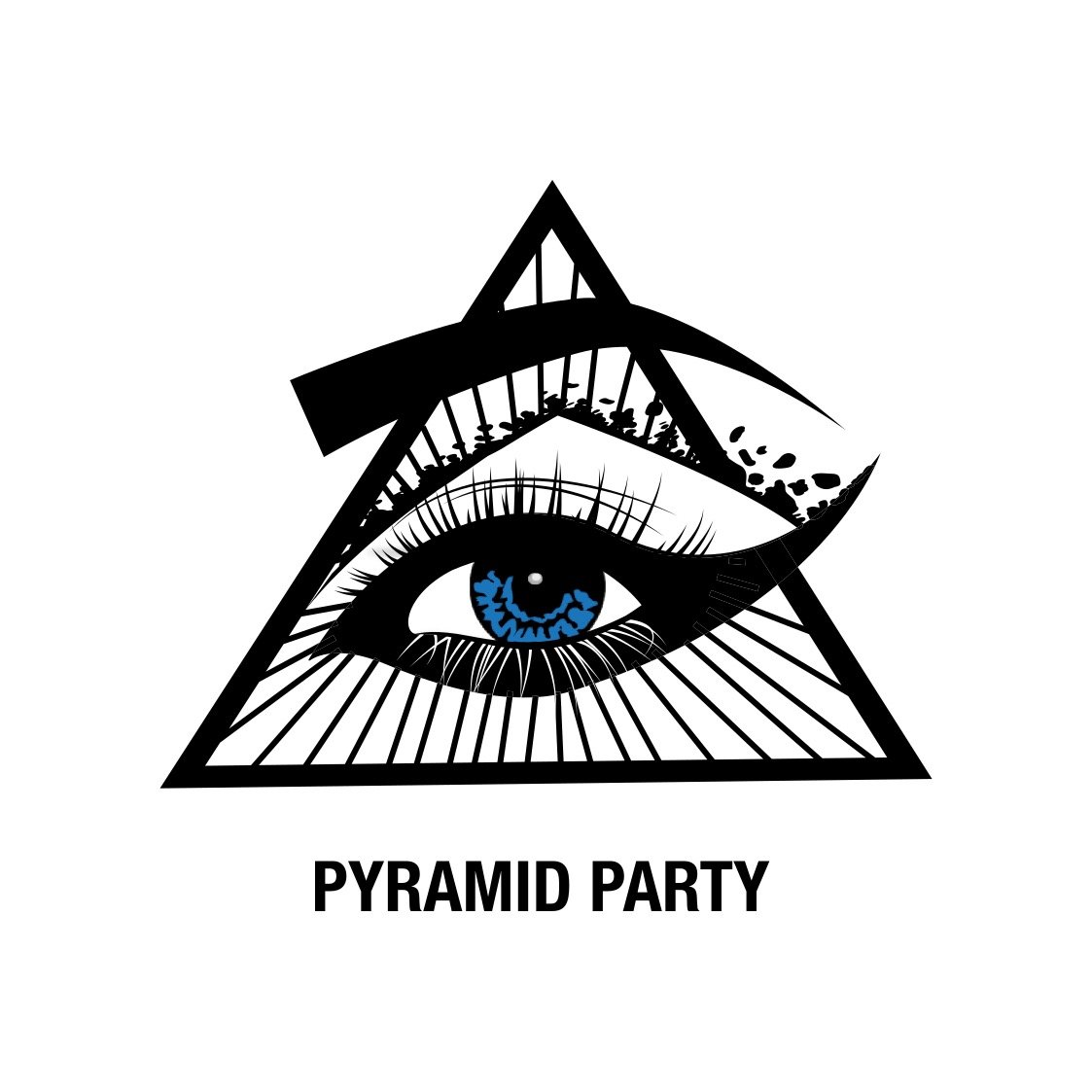<!-- Div container for Three.js rendering -->
<div id="threejs-container" style="width: 100%; height: 500px;"></div>
<!-- Include Three.js library -->
<script src="https://cdnjs.cloudflare.com/ajax/libs/three.js/r136/three.min.js"></script>
<script>
// Step 1: Select the container div
const container = document.getElementById('threejs-container');
// Step 2: Set up the Three.js environment
const scene = new THREE.Scene();
const camera = new THREE.PerspectiveCamera(
75, // Field of view
container.offsetWidth / container.offsetHeight, // Aspect ratio
0.1, // Near clipping plane
1000 // Far clipping plane
);
const renderer = new THREE.WebGLRenderer();
renderer.setSize(container.offsetWidth, container.offsetHeight);
container.appendChild(renderer.domElement);
// Step 3: Create a rotating 3D object (Icosahedron)
const geometry = new THREE.IcosahedronGeometry(1);
const material = new THREE.MeshBasicMaterial({
color: 0xff0000, // Red color
wireframe: true // Display as wireframe
});
const icosahedron = new THREE.Mesh(geometry, material);
scene.add(icosahedron);
camera.position.z = 5; // Position the camera
// Step 4: Animation loop for rotation
function animate() {
requestAnimationFrame(animate);
icosahedron.rotation.x += 0.01; // Rotate on X-axis
icosahedron.rotation.y += 0.01; // Rotate on Y-axis
renderer.render(scene, camera); // Render the scene
}
animate();
// Step 5: Adjust to window size changes
window.addEventListener('resize', () => {
renderer.setSize(container.offsetWidth, container.offsetHeight);
camera.aspect = container.offsetWidth / container.offsetHeight;
camera.updateProjectionMatrix();
});
</script>
